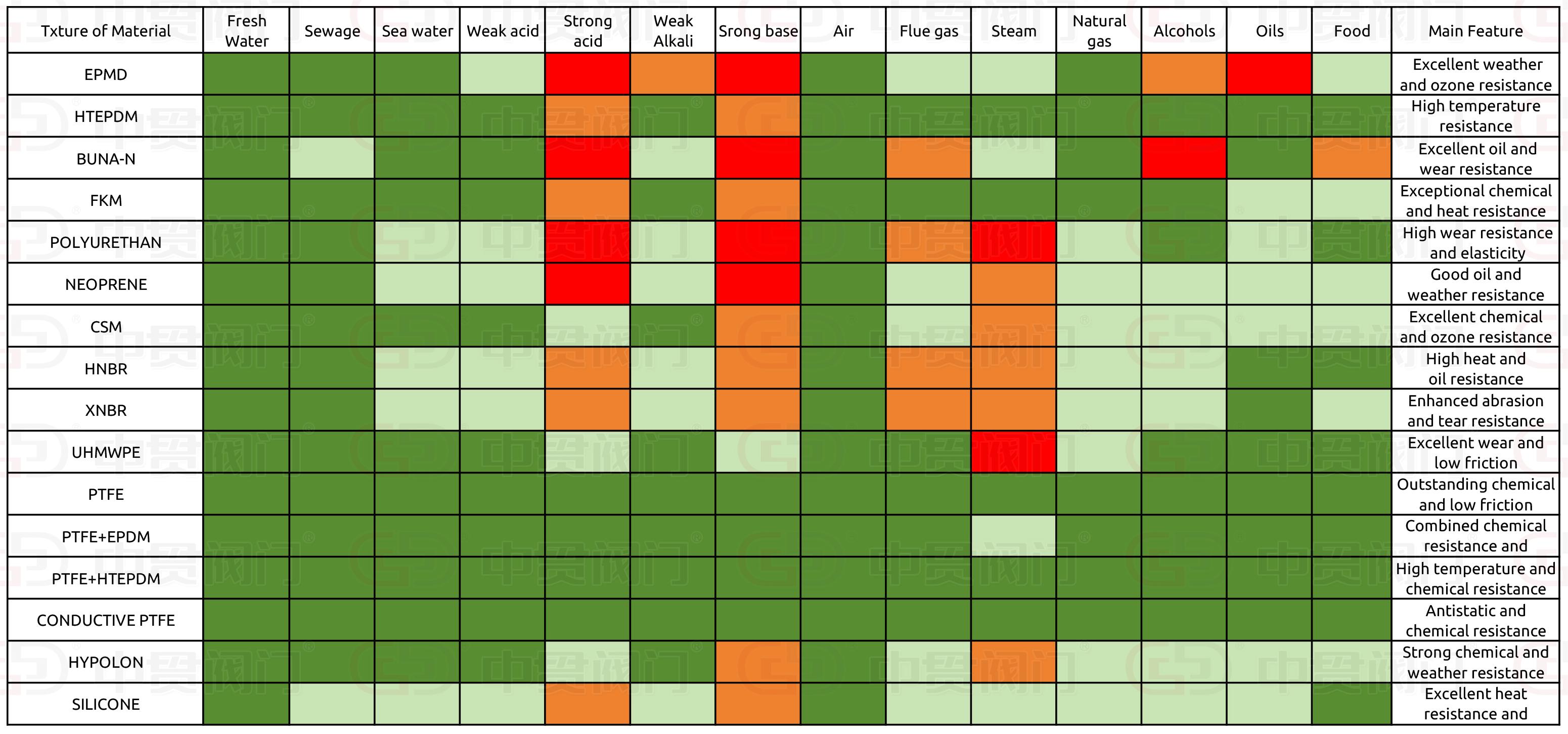Introduction to Butterfly Valve Rubber Seats
Understanding Rubber Seats for Butterfly Valves
Butterfly valves play a crucial role in regulating fluid flow across various industries. A key component of these valves is the rubber seat, which ensures a tight seal between the disc and the valve body to prevent leakage. Rubber seats come in different materials, each with unique properties suited for specific applications.
EPDM (Ethylene Propylene Diene Monomer)
EPDM rubber seats resist heat, ozone, and weathering effectively. Use EPDM in environments with outdoor exposure or high temperatures, such as HVAC systems and water treatment plants.
NBR (Nitrile Butadiene Rubber)
NBR rubber seats resist oil, fuel, and chemicals exceptionally well. They are ideal for industries like oil and gas, automotive, and petrochemical, where chemical resistance is critical.
PTFE (Polytetrafluoroethylene)
PTFE rubber seats offer excellent chemical resistance and low friction. Use PTFE for applications involving corrosive fluids or where high purity is needed, such as in pharmaceutical or food processing industries.
Neoprene
Neoprene rubber seats resist abrasion, weathering, and ozone. They are suitable for applications in mining and construction, where durability and environmental resistance are crucial.
Silicone
Silicone rubber seats provide flexibility and high-temperature resistance. They are ideal for the food and beverage industry, where flexibility and the ability to withstand extreme temperatures are necessary.
Conclusion
Choosing the right rubber seat material for a butterfly valve depends on factors like the fluid type, operating conditions, and environmental factors. Selecting the appropriate material ensures the valve performs optimally and lasts longer.
YOU CAN DOWNLOAD CATALOG FOR MORE OTHER PARTS MATERIALS AND DETAILED INTRODUCTION.



